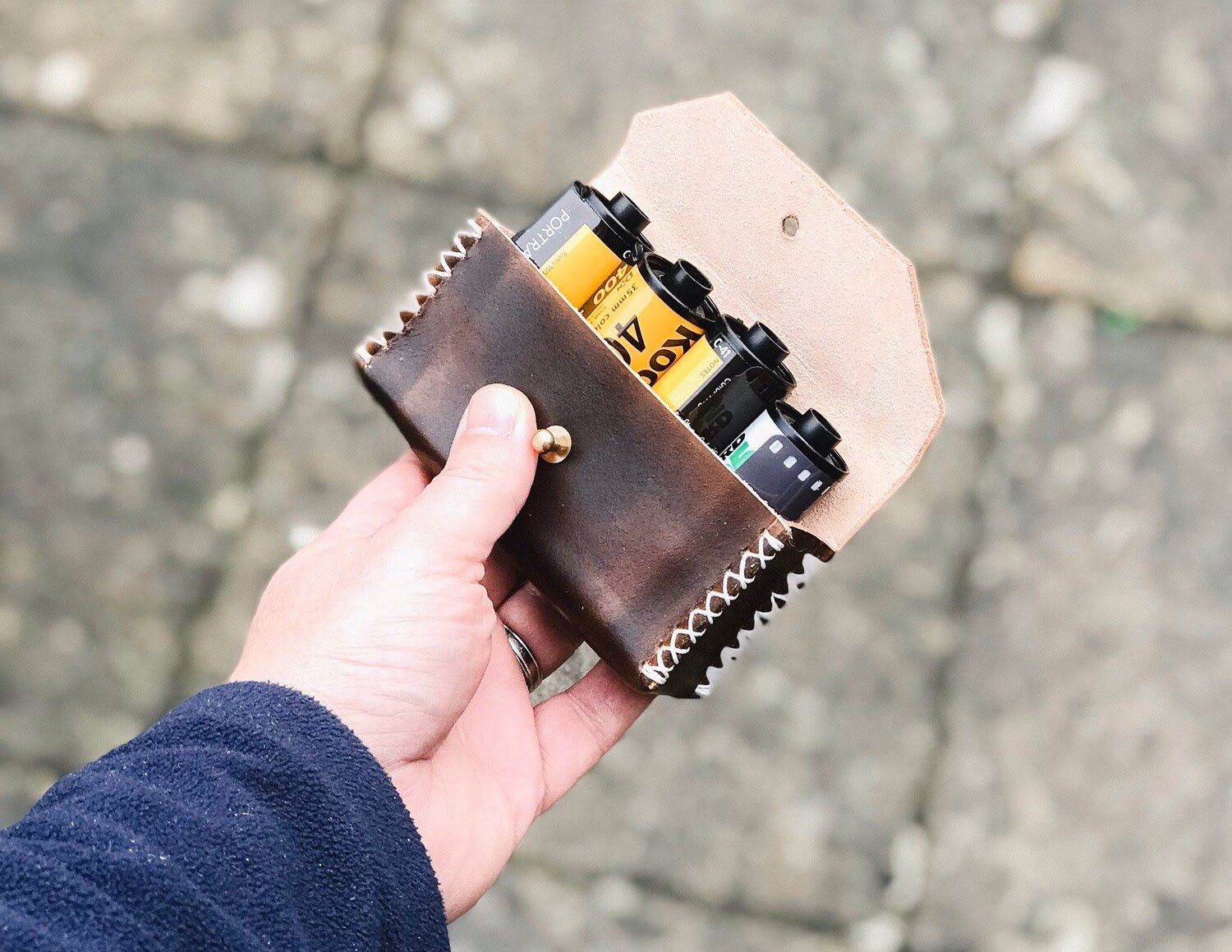

Articles
How To Store Film Rolls
Modified: December 7, 2023
Learn how to properly store film rolls in this informative article. Find tips and techniques to preserve the quality and longevity of your precious memories.
(Many of the links in this article redirect to a specific reviewed product. Your purchase of these products through affiliate links helps to generate commission for Storables.com, at no extra cost. Learn more)
Introduction
Welcome to the fascinating world of film photography! As a film enthusiast, you know the joy of capturing moments on these beautiful and nostalgic rolls of film. However, proper film roll storage is crucial to preserving the quality and longevity of your precious memories. In this article, we will explore the best practices for storing film rolls, ensuring they remain in pristine condition for years to come.
Whether you are an avid professional photographer or a casual hobbyist, understanding the importance of proper storage will protect your film from deterioration. Film rolls are susceptible to factors such as heat, humidity, light, and dust, which can significantly impact their quality and affect the final results. By following the guidelines in this article, you’ll be equipped with the knowledge to safeguard your film and preserve its integrity.
In the next sections, we will delve into the essential steps involved in film roll storage. We’ll explore the importance of choosing the right storage environment, handling film rolls with care, cleaning and preparing them for storage, available storage options, and organizing techniques. So, let’s dive in and discover the best practices for keeping your film rolls safe!
Key Takeaways:
- Preserve your film rolls by controlling temperature, humidity, and light exposure. Handle with care, clean, and organize for long-lasting memories.
- Avoid common mistakes like extreme temperatures, mishandling, and lack of labeling. Create digital backups and follow manufacturer recommendations for optimal film preservation.
Read more: How To Store Film
Choosing the Right Storage Environment
When it comes to storing film rolls, the environment plays a crucial role in maintaining their quality. The ideal storage conditions include controlling temperature, humidity, and exposure to light. Here are some factors to consider when choosing the right storage environment for your film:
- Temperature: Film rolls should be stored in a cool and stable temperature environment. Fluctuations in temperature can cause deterioration and damage to the film. Aim for a temperature between 10°C and 21°C (50°F to 70°F).
- Humidity: High humidity levels can lead to mold growth and degradation of the film. Aim for a humidity level between 30% and 50%. Consider using dehumidifiers or desiccant packs in the storage area to maintain a consistent humidity level.
- Light: Exposure to light can cause color shifts and fading in film. It’s crucial to store film rolls in a dark or low-light environment. Avoid exposing them to direct sunlight or bright artificial light sources.
- Dust and Dirt: Keeping film rolls clean and free from dust and dirt is essential. Choose a storage area that is clean and dust-free. Consider using protective sleeves or containers to keep the film rolls away from potential contaminants.
Additionally, it’s important to find a storage area that is well-ventilated to prevent the accumulation of harmful gases or odors that could potentially damage the film. Ideally, the storage space should also be away from extreme conditions such as extreme cold, extreme heat, or high humidity areas like basements.
If you don’t have access to a dedicated storage area, you can use airtight containers or film canisters to protect your film rolls. These containers can provide an extra layer of protection against humidity and light exposure.
Remember, the longevity and quality of your film rolls depend heavily on the storage environment you choose. By controlling temperature, humidity, light exposure, and cleanliness, you can ensure your film remains in optimal condition for years to come.
Handling Film Rolls with Care
Proper handling of film rolls is essential to preserve their quality and prevent any damage or contamination. Here are some guidelines to follow when handling your film rolls:
- Clean Hands: Before handling film rolls, make sure your hands are clean and free from oils, lotions, or any other substances that could transfer onto the film. Use lint-free gloves if possible to avoid direct contact.
- Avoid Touching the Emulsion: The emulsion, which contains the photosensitive layer of the film, is delicate and easily damaged. Try to handle the film by the edges or the film canister to minimize contact with the emulsion side.
- Prevent Moisture: Moisture can cause mold growth or damage the film. Avoid handling film rolls with wet or damp hands. If you are shooting in humid environments, consider using a humidity-resistant film or storing the film in airtight containers with desiccant packs.
- Protect from X-rays: X-ray machines, such as those used in airports, can potentially damage the film. If you are traveling with film, avoid placing it in checked luggage and request a hand inspection instead.
- Avoid Extreme Temperatures: Rapid changes in temperature can cause condensation and moisture buildup inside the film canister. Avoid exposing film rolls to extreme heat or cold for prolonged periods.
- Handle Film in a Clean Environment: Dust, dirt, and debris can easily find their way onto film rolls if you are not cautious. Try to handle film in a clean and controlled environment to minimize the risk of contamination.
- Properly Load and Unload Film: When loading film into a camera, make sure to follow the manufacturer’s instructions carefully and avoid forcing the film. When unloading, be patient and avoid yanking or pulling on the film forcefully.
By handling your film rolls with care, you can minimize the risk of damage and ensure they remain in optimal condition. Remember, even a small scratch or smudge on the film can affect the final image, so taking precautions during handling is crucial.
Now that you understand how to handle film properly, let’s move on to the next step: cleaning and preparing film rolls for storage.
Cleaning and Preparing Film Rolls for Storage
Before storing your film rolls, it’s important to ensure they are clean and free from any contaminants that could potentially damage the film. Here are some steps to clean and prepare film rolls for storage:
- Inspect for Dust and Debris: Carefully examine each film roll for any visible dust, fingerprints, or debris. Use a soft brush or air blower to gently remove any loose particles from the surface of the film. Avoid using compressed air, as it can introduce moisture or damage the film.
- Remove Fingerprints and Smudges: If you notice any fingerprints or smudges on the film, use a lint-free microfiber cloth or lens cleaning tissue to gently wipe them away. Start from the center of the film and move towards the edges in a straight motion. Avoid applying excessive pressure to prevent scratching the film.
- Use Film Cleaning Solutions: If the film requires more thorough cleaning, you can use dedicated film cleaning solutions. Apply a small amount of the solution to a clean cloth or cotton swab and gently wipe the affected areas. Be sure to follow the instructions provided by the manufacturer of the cleaning solution.
- Allow Film to Dry Completely: After cleaning the film, allow it to dry completely before storing it. Lay the film flat on a clean and dry surface, ensuring it is protected from dust or direct sunlight. Avoid using heat sources or fans to speed up the drying process, as they can introduce static electricity.
- Inspect for Damaged or Unusable Film: Before storing the film, carefully inspect each roll for any signs of damage, fogging, or light leaks. If you notice any issues that could affect the quality of the images, it’s best to discard or process the film immediately.
- Consider Archival Sleeves or Bags: For extra protection, consider using archival-grade sleeves or bags designed specifically for film storage. These sleeves or bags provide an additional barrier against dust, moisture, and light.
By following these cleaning and preparation steps, you can ensure that your film rolls are in the best possible condition for long-term storage. Cleaning the film not only helps in preserving the quality of the images but also prevents any contaminants from affecting other rolls of film in storage.
Now that your film is clean and prepared, it’s time to explore the different options available for film roll storage. Let’s move on to the next section!
Options for Film Roll Storage
When it comes to storing your film rolls, there are several options available, depending on your preferences and the quantity of film you have. Here are some popular choices for film roll storage:
- Film Canisters: Film canisters are a classic and affordable option for storing film rolls. They provide protection against light and dust and help keep the film tightly wound. Make sure to label each canister with the type of film and the date it was shot to easily identify them later.
- Film Sleeves and Binders: Film sleeves and binders are ideal for organizing and storing multiple rolls of film. These sleeves usually have individual pockets to slide the film rolls into, and the binders allow you to easily flip through and access the desired roll. Look for archival-grade sleeves and binders to ensure the best protection for your film.
- Film Storage Boxes: Film storage boxes are a convenient option for keeping your film rolls organized and protected. These boxes come in various sizes and are designed to hold multiple film rolls. Look for acid-free and moisture-resistant boxes to provide optimal conditions for long-term storage.
- Cooler Bags or Cases: For photographers on the go or traveling with their film, cooler bags or cases can be a great option. These bags provide insulation and protection against temperature fluctuations and are typically designed to hold multiple film rolls securely.
- Refrigerator or Freezer: If you have a large quantity of film rolls or want to store them for an extended period, you can consider using a refrigerator or freezer. However, it’s important to note that condensation can occur when taking film out of the cold environment, so allow sufficient time for the film to gradually reach room temperature before use.
When choosing a storage option, consider factors such as convenience, accessibility, and the quantity of film you have. It’s also important to keep in mind the storage environment guidelines mentioned earlier, such as maintaining a stable temperature and humidity level.
Remember to label each storage container or sleeve to easily identify the film rolls and keep a record of the type of film and the date it was shot. This will help you stay organized and make it easier to locate specific rolls when needed.
Now that you have explored the various options for film roll storage, let’s move on to the next section, which discusses storing film rolls in a darkroom environment.
Store film rolls in a cool, dry place away from direct sunlight and extreme temperatures. Airtight containers or resealable bags can help protect them from moisture and dust.
Read more: How To Store Polaroid Film
Storing Film Rolls in a Darkroom
If you have access to a darkroom, it can be an excellent storage option for your film rolls. Darkrooms are specifically designed to create an environment that is ideal for film processing and storage. Here are some considerations when storing film rolls in a darkroom:
- Darkness: Darkrooms are designed to be completely dark or have controlled low-light conditions. This absence of light helps prevent any unwanted light exposure that could potentially damage the film. Ensure that your darkroom provides the necessary darkness to protect the film from light-sensitive issues.
- Temperature and Humidity: Darkrooms usually have controlled temperature and humidity levels, which are optimal for film storage. Make sure to maintain a stable temperature between 10°C and 21°C (50°F to 70°F) and a humidity level between 30% and 50% in your darkroom environment.
- Storage Containers: Consider using film canisters, archival sleeves, or storage boxes to keep your film rolls organized and protected from dust and other contaminants in the darkroom. Ensure that the containers are light-tight to prevent any light leaks.
- Separate Exposure Area: If your darkroom includes an exposure area, make sure to keep the film rolls stored away from this area to avoid accidental exposure to light during the printing process or other activities in the darkroom.
- Labeling and Organization: Just like with any storage option, it’s important to label your film rolls and keep them organized in the darkroom. This will make it easier for you to locate specific rolls when needed.
- Regular Inspections: Periodically check your film rolls stored in the darkroom to ensure that they are in good condition. Look out for any signs of damage or deterioration, such as mold growth, fogging, or light leaks. Promptly address any issues to prevent further damage.
Storing film rolls in a darkroom provides the advantage of having a dedicated space designed with the specific requirements of film preservation in mind. However, it may not always be feasible for everyone to have access to a darkroom. In such cases, other storage options mentioned earlier can still provide adequate protection for your film rolls.
Now that you understand the considerations for storing film rolls in a darkroom, let’s move on to the next section, which covers labeling and organizing film rolls.
Labeling and Organizing Film Rolls
Properly labeling and organizing your film rolls is essential for easy identification and efficient workflow. Here are some tips for labeling and organizing your film rolls:
- Label Each Film Roll: Assign a unique label to each film roll to easily identify its contents. Include information such as the type of film, ISO rating, and the date it was shot. This will help you keep track of your rolls and locate specific images when needed.
- Create a System: Develop a systematic approach to organizing your film rolls that works for you. It could involve organizing them chronologically, by subject matter, or by any other criteria that make sense for your photography workflow. Stick to your system consistently to maintain order and accessibility.
- Use Index or Contact Sheets: Consider creating index or contact sheets for each roll of film. These sheets provide a quick visual reference of the images captured on each roll, allowing you to identify specific frames without having to go through the entire roll.
- Digital Backup: In addition to labeling and organizing physical film rolls, it’s a good practice to create a digital backup of your images. Scan your negatives or have them professionally scanned, then organize the digital files on your computer following a similar labeling system.
- Consider Metadata: When organizing your digital files, add metadata such as keywords, captions, and location information. This will make it easier to search and retrieve specific images in the future.
- Store Index Sheets or Digital Records: Keep your index or contact sheets, along with any digital records, in a separate storage container or a designated folder on your computer. This will help you quickly locate and refer to specific film rolls, even if the physical rolls are stored elsewhere.
- Create a Cataloging System: If you have a large collection of film rolls, consider creating a cataloging system to track and document their details. This can include maintaining a spreadsheet or using specialized software to keep a comprehensive inventory of your film inventory.
By labeling and organizing your film rolls, you’ll be able to easily locate specific images, track your film inventory, and streamline your photography workflow. It’s a simple yet effective practice that can save you time and ensure that your cherished moments are properly preserved.
Now that you have a solid understanding of how to label and organize your film rolls, let’s move on to the final section: avoiding common mistakes in film roll storage.
Avoiding Common Mistakes in Film Roll Storage
When it comes to storing film rolls, there are some common mistakes that photographers often make. By being aware of these mistakes and taking proactive measures, you can ensure the long-term preservation of your film. Here are some common mistakes to avoid:
- Exposing Film to Extreme Temperature and Humidity: Extreme temperature and humidity can cause damage to film. Avoid storing film rolls in areas prone to high heat, direct sunlight, or excessive moisture. Maintain a stable and moderate environment to prevent deterioration.
- Improper Handling and Storage: Mishandling film rolls can lead to scratches, fingerprints, or other damage. Always handle film with clean hands and avoid touching the emulsion side. Use appropriate storage containers like film canisters or archival sleeves to protect the film from light and dust.
- Failure to Label and Organize: Neglecting to label and organize your film rolls can lead to confusion and difficulty in locating specific images. Take the time to label each roll with relevant information and develop an organized system to streamline your workflow.
- Lack of Regular Inspections: Failing to inspect your film rolls regularly can result in unnoticed damage or degradation. Set a routine to inspect your film rolls for any signs of mold, fogging, or light leaks. Address any issues promptly to prevent further deterioration.
- Overfilling Storage Containers: Overstuffing storage containers can lead to pressure and bending of film rolls, increasing the risk of damage. Avoid cramming too many rolls into one container. Leave enough space to ensure that the rolls are not compressed or bent.
- Ignoring Digital Backups: Film rolls are physical objects that can be subject to loss or damage. It’s important to create digital backups of your images by scanning your negatives or having them professionally scanned. This provides an additional layer of protection and allows for easy access and sharing.
- Not Following Manufacturer Recommendations: Each type of film has specific storage requirements. Be sure to follow the recommendations provided by the film manufacturer regarding temperature, humidity, and storage conditions. These guidelines are designed to ensure the longevity of your film.
By avoiding these common mistakes and adopting good storage practices, you can significantly extend the lifespan of your film rolls and preserve the quality of your images. Taking the time to handle, label, organize, and store your film properly will help ensure that your memories are safeguarded for years to come.
With these tips in mind, you now have a comprehensive understanding of how to store film rolls effectively. By choosing the right storage environment, handling film rolls with care, cleaning and preparing them for storage, utilizing proper storage options, labeling and organizing, and avoiding common mistakes, you can maintain the quality and longevity of your film collection. Happy shooting and preserving your memories!
Conclusion
Proper storage of film rolls is crucial to preserve their quality and ensure that your precious memories withstand the test of time. By following the best practices outlined in this article, you can protect your film rolls from damage, deterioration, and other storage-related issues.
Choosing the right storage environment, such as controlling temperature, humidity, and light exposure, is essential. Handling film rolls with care, avoiding excessive touching and moisture, will minimize the risk of damage. Cleaning and preparing film rolls before storage help remove dust, debris, and fingerprints that can impact image quality. Exploring various options for film roll storage, such as canisters, sleeves, or storage boxes, enables effective organization and protection.
If you have access to a darkroom, it can provide an excellent storage environment for film rolls. However, other storage options can also be effective with the right conditions and precautions in place. Labeling and organizing film rolls help maintain order, facilitate easy identification, and streamline your workflow.
Avoiding common mistakes, such as exposing film to extreme temperatures, mishandling, or neglecting regular inspections, will ensure the longevity and quality of your film. Creating digital backups of your images provides an additional layer of protection against loss or damage.
By following these guidelines, you can safeguard your film rolls and protect the memories they hold. Remember, each film roll is a precious archive of moments captured in time, and proper storage practices will help preserve them for future generations to enjoy.
So, take the necessary steps to store your film rolls correctly, and continue capturing beautiful images on this timeless medium. Happy shooting and preserving your memories!
Frequently Asked Questions about How To Store Film Rolls
Was this page helpful?
At Storables.com, we guarantee accurate and reliable information. Our content, validated by Expert Board Contributors, is crafted following stringent Editorial Policies. We're committed to providing you with well-researched, expert-backed insights for all your informational needs.
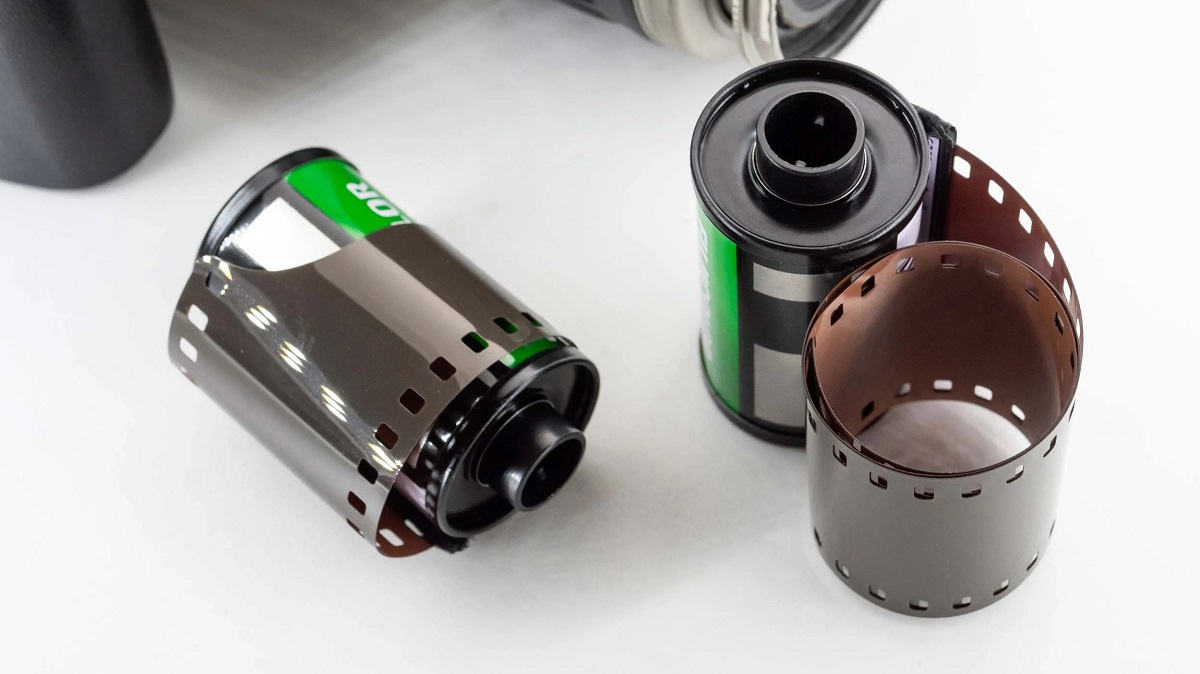
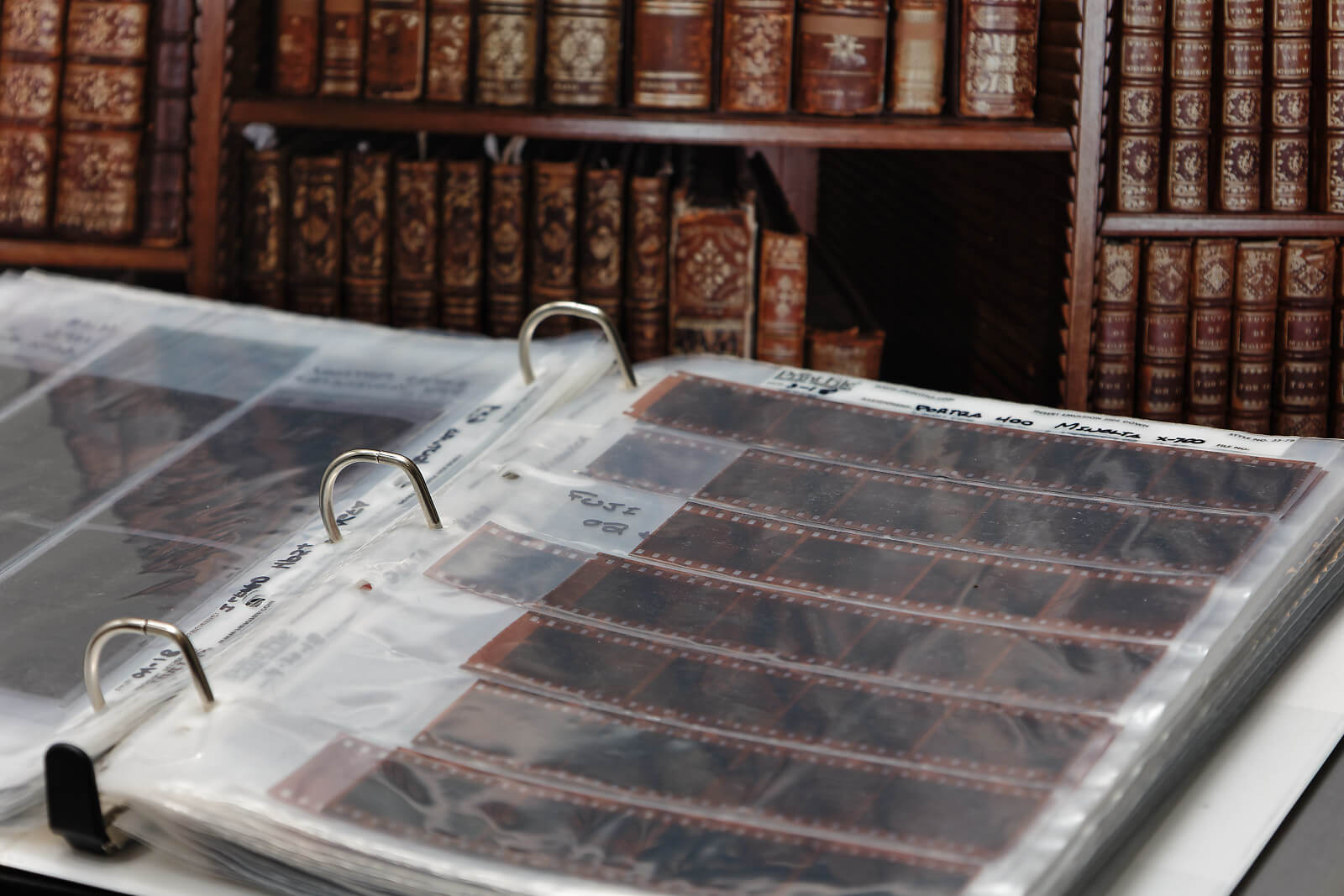
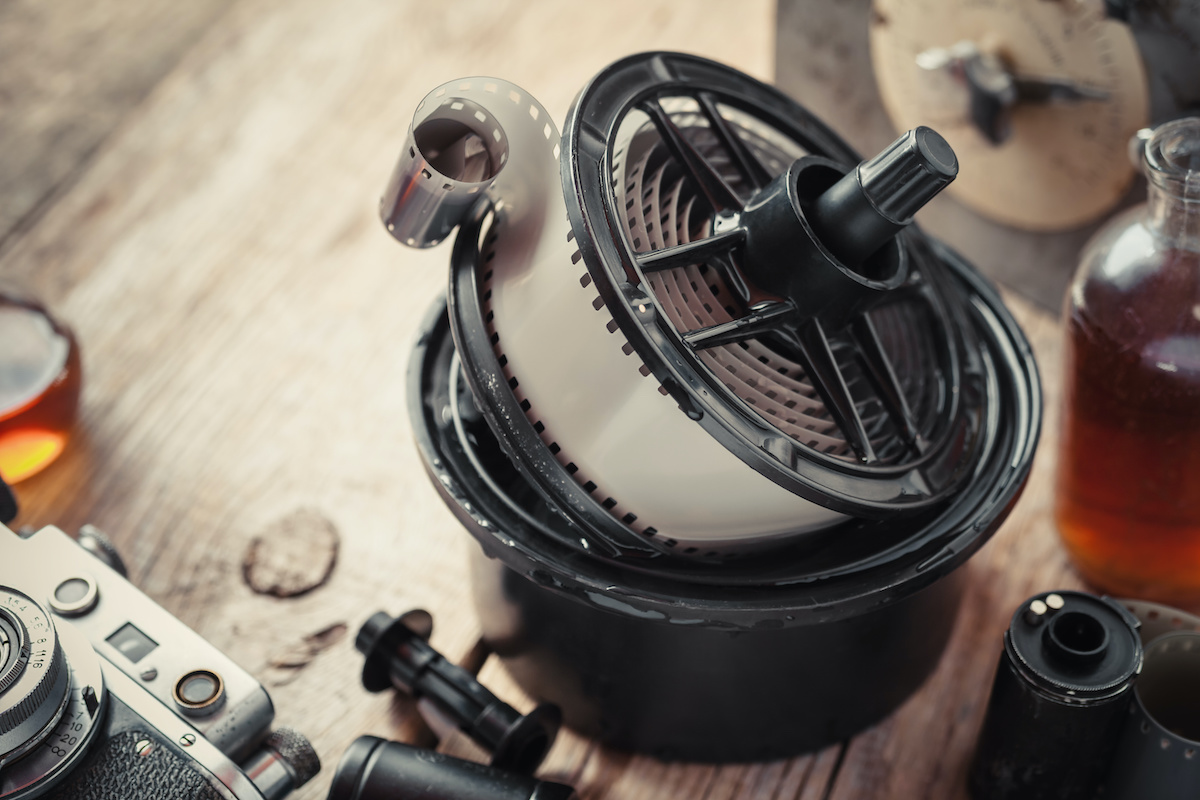
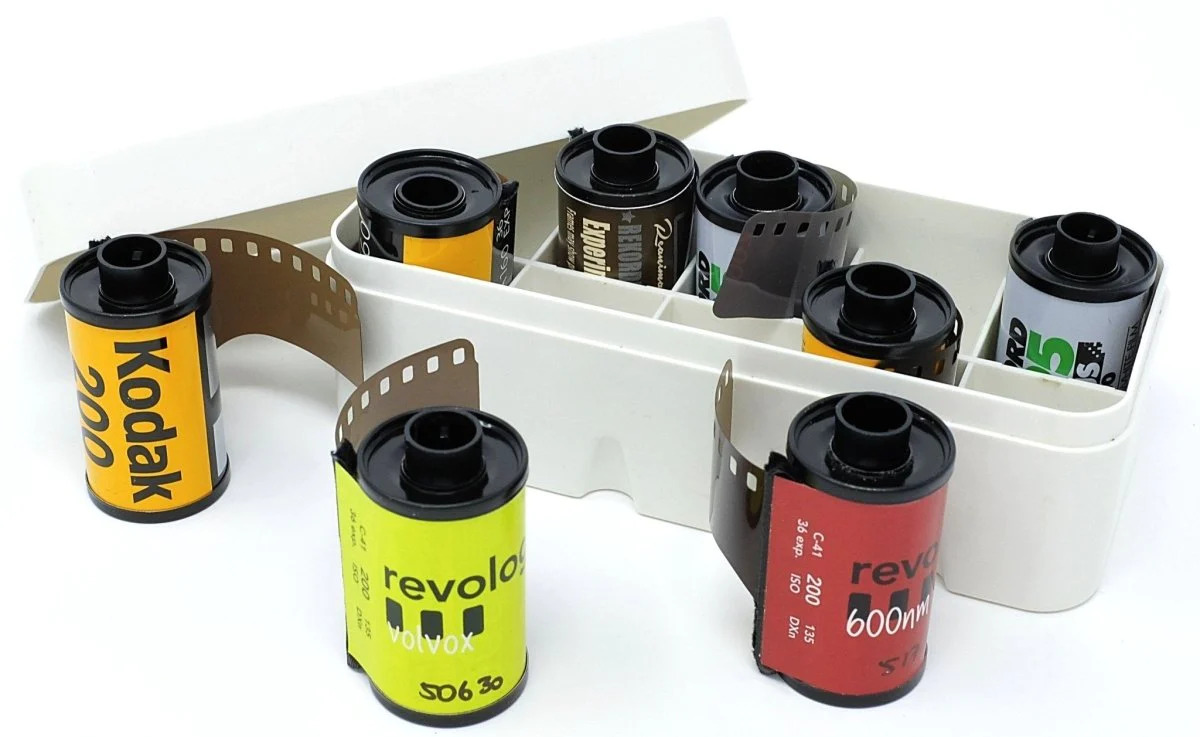
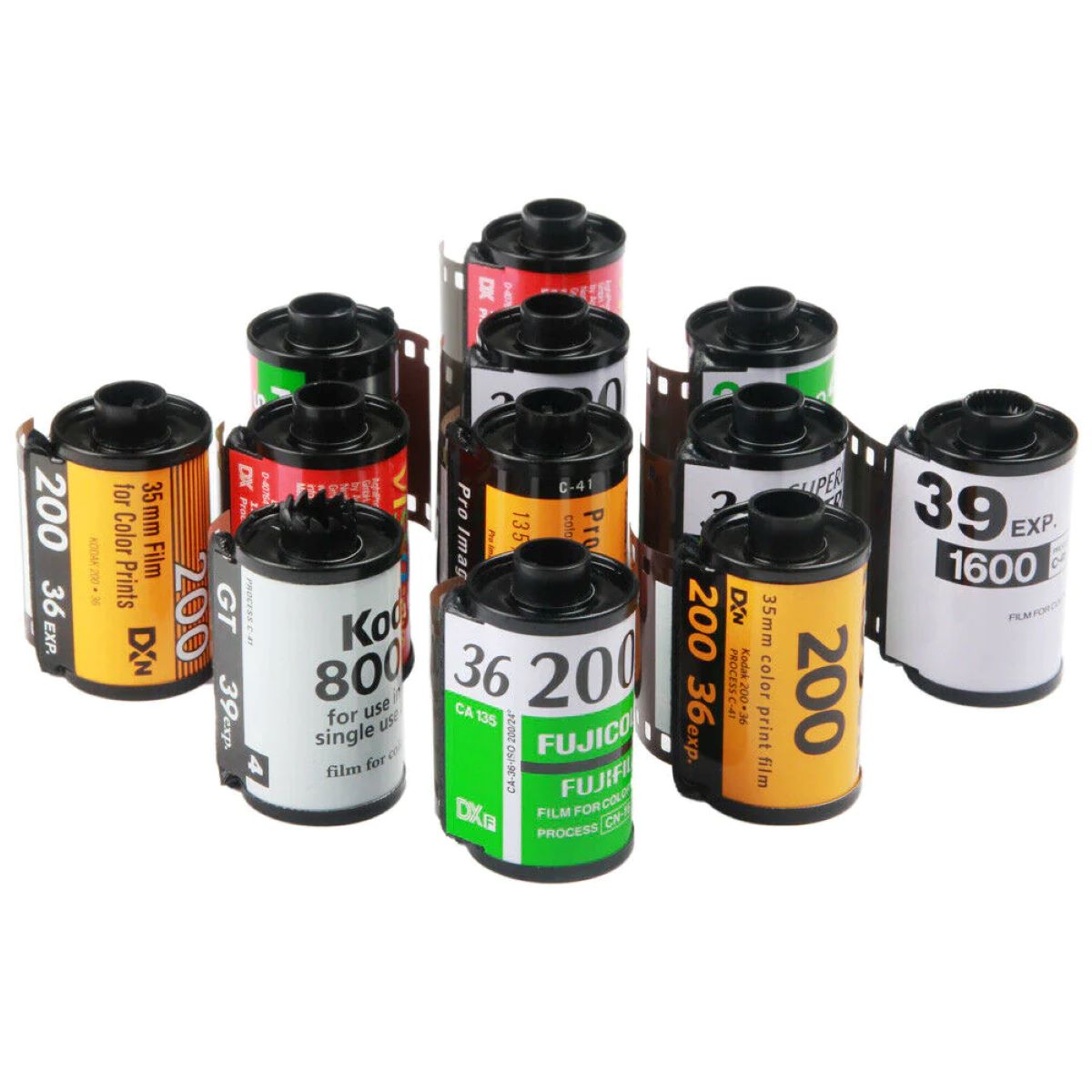
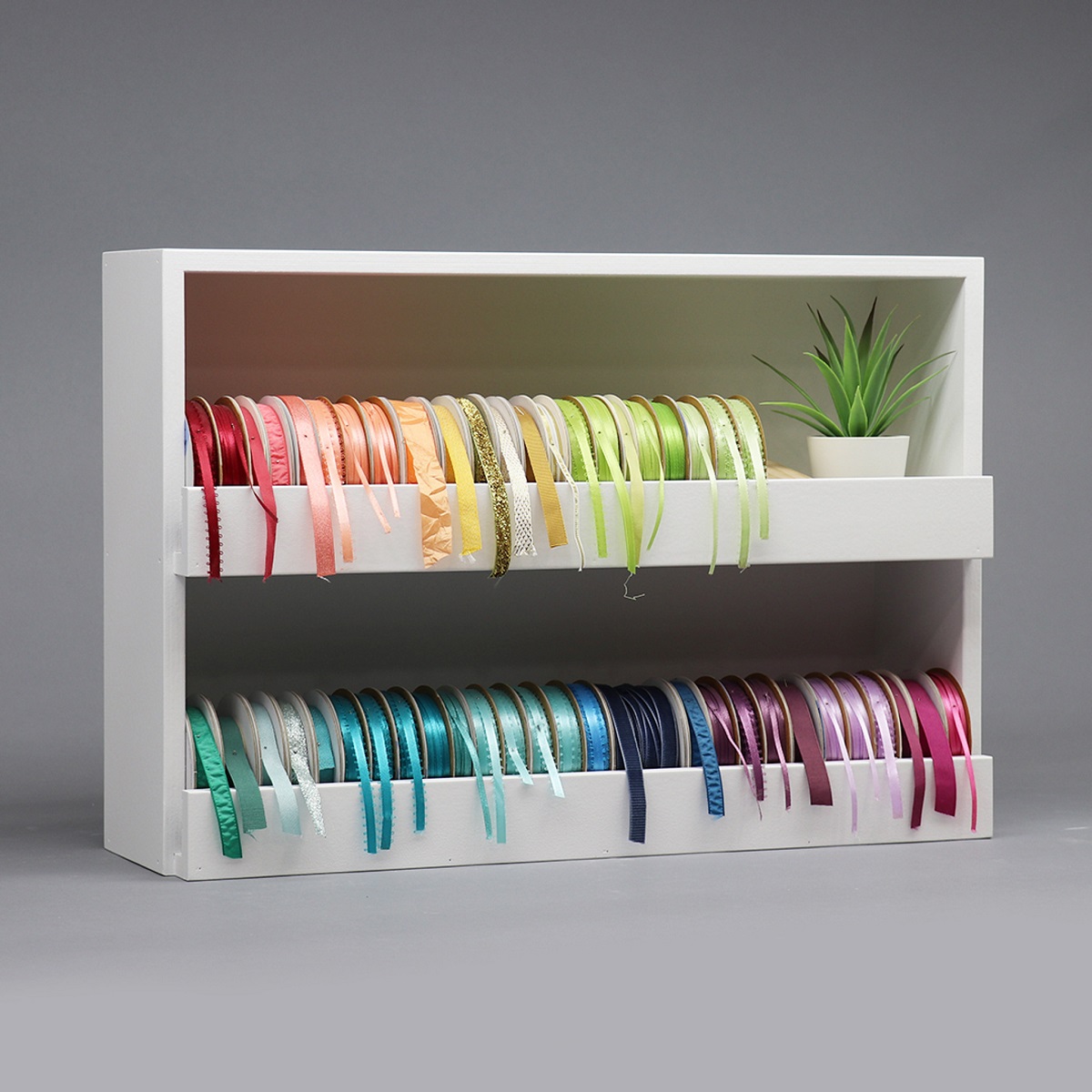


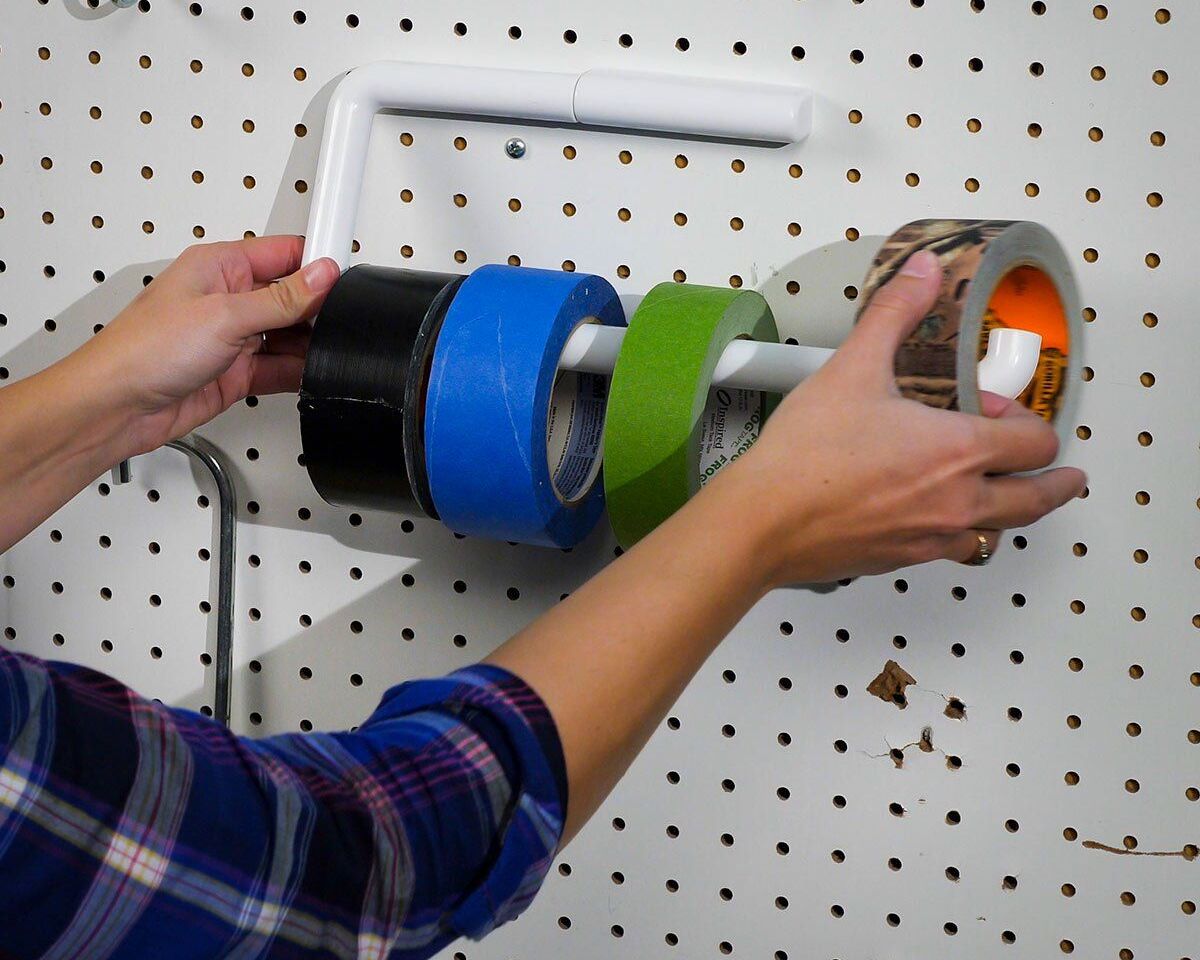






0 thoughts on “How To Store Film Rolls”